Aida Daily: hMPV Surge in China / Meta's Fact-Check Shift / Microsoft Invests in India's AI Future
Aida Daily
Hello, curious minds! Today's newsletter dives into China's hMPV surge, Meta's user-led fact-checking, and a cosmic leap for Nvidia. Plus, Microsoft’s $3B India bet and US tech tensions. Ready to explore?
hMPV Surge in China: Seasonal Spike or New Respiratory Rival?

China is experiencing a hMPV boom as of January 2025, especially impacting children under 14 with a 24.3% prevalence in infants. While hMPV typically throws a mild cold party, this surge aligns with seasonal spikes seen globally. Experts chuckle, assuring it's not pandemic material, but highlight its role in 3-10% of pediatric respiratory hospitalizations. Enhanced surveillance, tackling co-infections like RSV, and accelerated vaccine research are vital to keeping hMPV in check.
Meta's New Fact-Check: You Flag It!
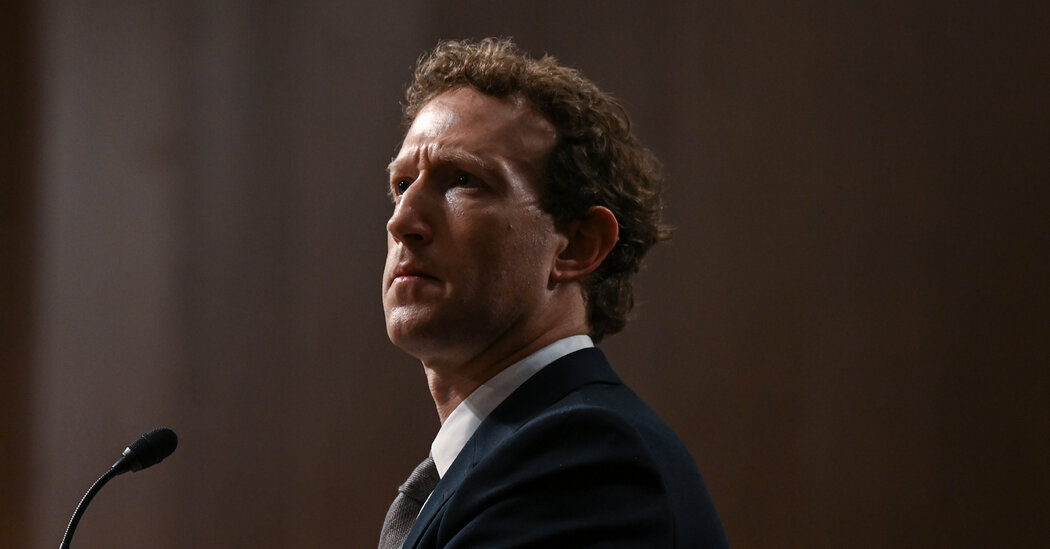
In a bold 2025 move, Meta CEO Mark Zuckerberg announced the end of third-party fact-checkers on Facebook, Instagram, and Threads, opting for a user-driven 'Community Notes' system. This shift, aimed at championing free speech, has stirred the pot: Donald Trump and his allies cheer, while digital rights groups frown. As misinformation sails freely, Zuckerberg remains optimistic, suggesting users can now fact-check each other – or not. The transition begins this month, promising a more open yet unpredictable social landscape.
Beam Me to Alpha Centauri!

Physicists Jeffrey Greason and Gerrit Bruhaug are lighting up interstellar ambitions with a plan to send a 1,000 kg probe to Alpha Centauri using a relativistic electron beam. Clocking in at 10% the speed of light, this high-tech rocket could reach our nearest star in just over 40 years. Powered by a solar statite and tackling hefty challenges like 19 GeV energy requirements, this bold venture hints that with a sprinkle of tech magic, humanity’s first interstellar visitor might arrive within our lifetimes. Starry-eyed optimism meets scientific savvy!
Microsoft Bets $3B on India’s AI Boom
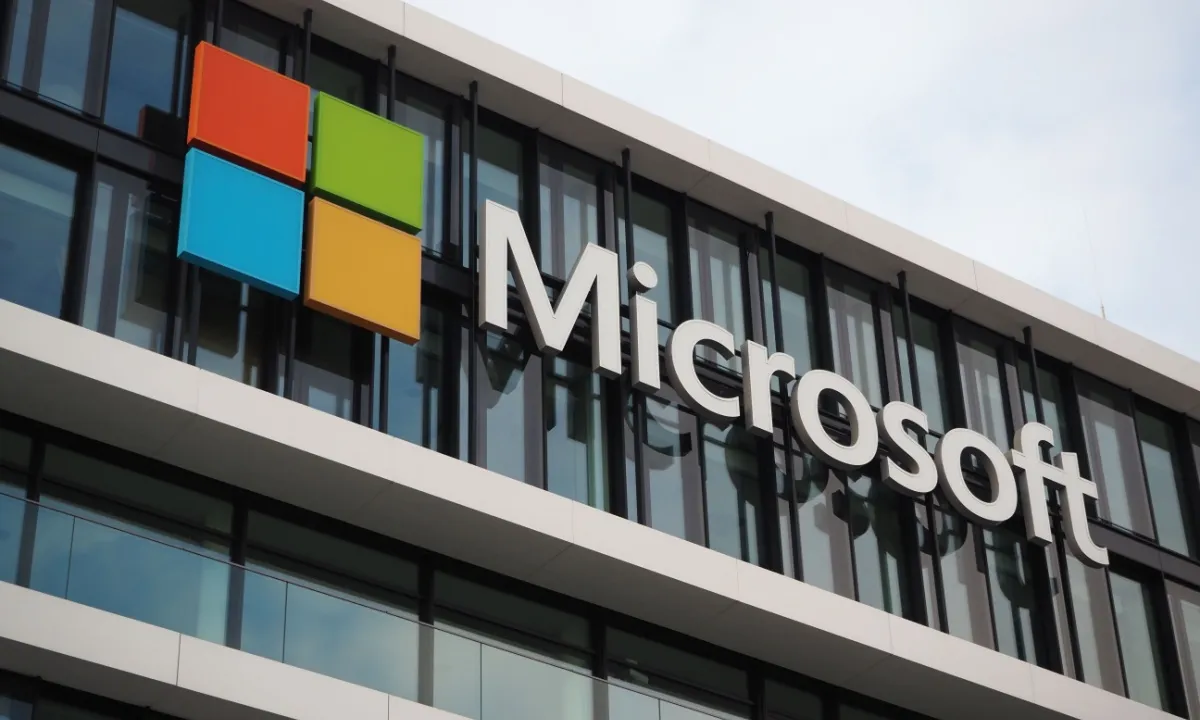
In a bold move, Microsoft is investing $3 billion in India over the next two years to supercharge its Azure cloud and AI infrastructure, aiming to crown India an "AI-first nation" by 2047. CEO Satya Nadella highlighted plans to train 10 million Indians in AI by 2030 and launch an AI Innovation Network to nurture startups. Partnering with SaaSBoomi, Microsoft targets 5,000 startups and 200,000 new jobs, aligning with PM Modi’s tech-driven vision.
US Blacklists Tencent and CATL Amid Tech Tensions
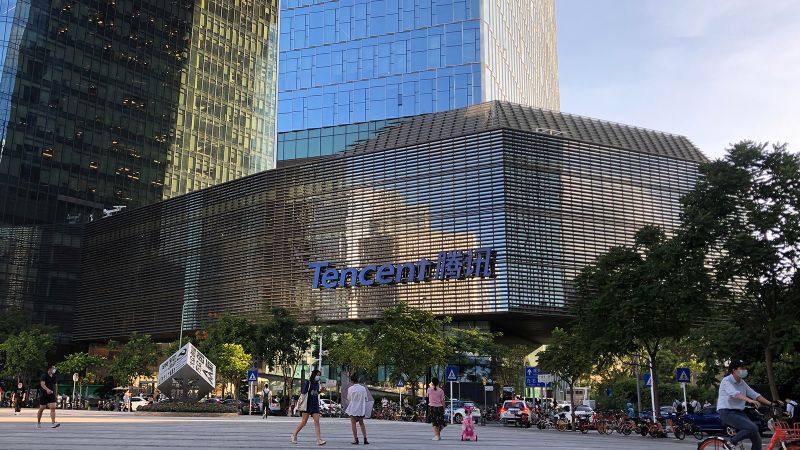
In early 2025, the US Department of Defense slapped Chinese tech giants Tencent and CATL onto its military-linked firms list, expanding to 134 companies under the Mac Thornberry NDAA FY2021. Tencent shares tumbled 6.5% in Hong Kong, while CATL dipped over 3%. Both companies denied the claims, with Tencent calling it a 'mistake' and CATL gearing up to contest the move. This escalation is a key front in the US-China tech rivalry, targeting China’s military-civil fusion strategy and stirring global supply chain jitters.
OHSU Breakthrough: Human Hibernation Mimicked for Medical Miracles
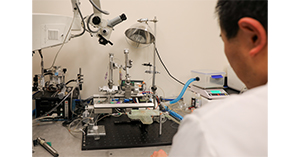
Oregon Health & Science University researchers have unveiled 'thermoregulatory inversion,' successfully inducing hibernation-like states in rats by targeting the ventromedial periventricular area (VMPeA). This 2024 breakthrough promises enhanced therapeutic hypothermia for critical conditions like heart attacks and strokes, potentially boosting survival rates. Techniques include activating A1 adenosine receptors and VMPeA manipulation. With applications ranging from surgeries to space missions, OHSU is cooling their way to saving lives—one degree at a time.
Bird Buddy's Petal: AI Takes Over Your Garden
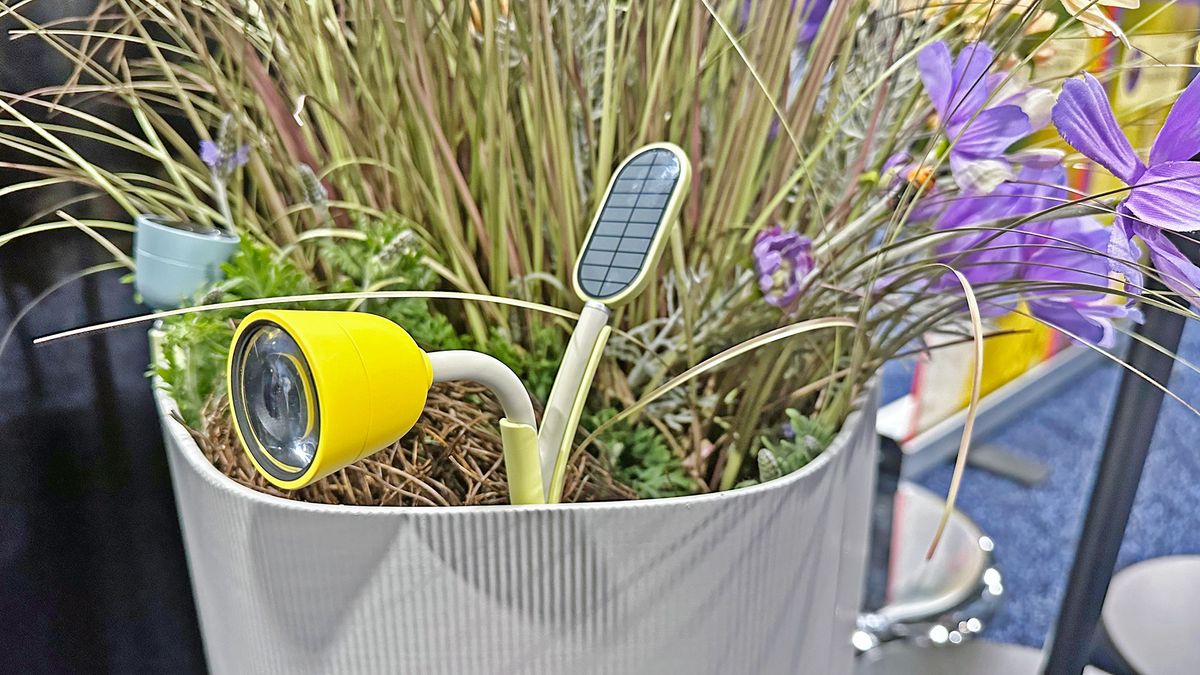
Spring 2025 is blooming with Bird Buddy’s latest release: the Petal camera and Wonder Blocks. This solar-powered, 4K gadget uses Nature Intelligence AI to identify bees, butterflies, and pesky invaders, sending alerts straight to your phone. Paired with modular Wonder Blocks planters, your yard becomes a high-tech wildlife haven. Launching on Kickstarter, Petal promises smarter gardening with a dash of sass—because even your flowers deserve some AI love.
Anthropic's Valuation Rockets to $60B in Latest Funding Push
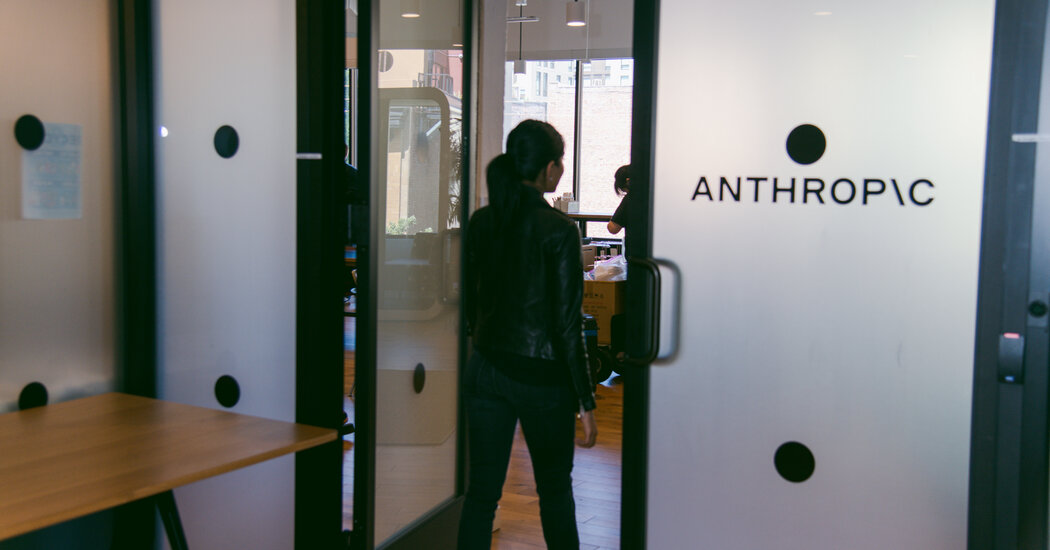
San Francisco-based AI startup Anthropic is in advanced talks to secure $2 billion, boosting its valuation to a staggering $60 billion from $18 billion. Led by Lightspeed Venture Partners, this funding spree follows investments from Alphabet and Amazon, totaling over $11.3 billion to date. Founded in 2021 by former OpenAI executives Dario and Daniela Amodei, Anthropic is now vying for the fifth spot among top U.S. startups. With annual revenues nearing $875 million, the AI showdown just got fiercer—and funnier!
FDA Charts New Course for AI Medical Devices
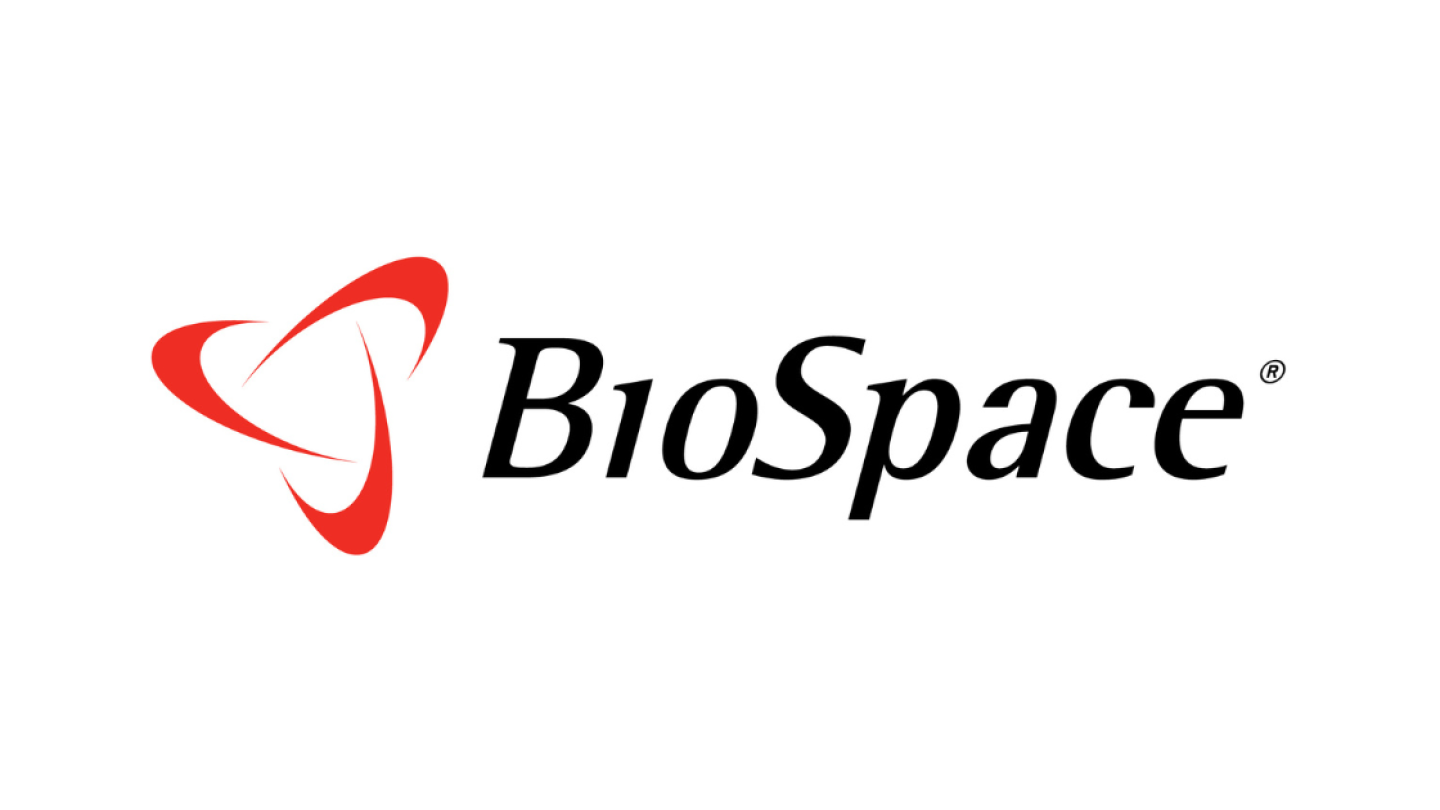
The FDA has rolled out draft guidance to steer developers of AI-enabled medical devices toward safety and effectiveness across the entire lifecycle. Key highlights include the Total Product Lifecycle approach, strategies to tackle transparency and bias, and a streamlined process for iterative updates via Predetermined Change Control Plans. Developers have until April 7, 2025, to submit public comments and can join the upcoming webinar for deeper insights. It’s a balancing act between innovation and regulation, with the FDA playing the friendly neighborhood guide.
Nvidia Unleashes Blackwell Power at CES 2025
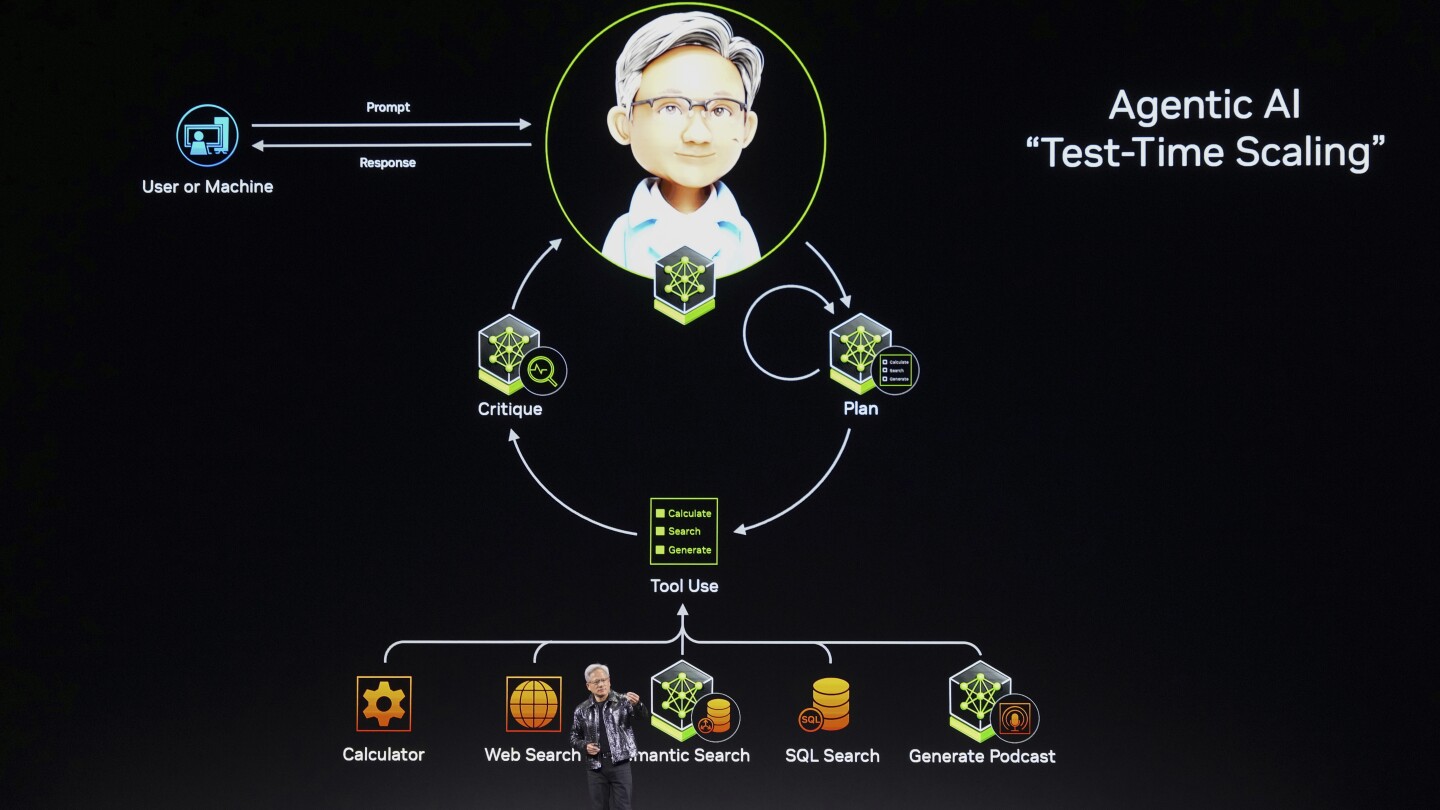
At CES 2025, Nvidia CEO Jensen Huang dazzled the tech world with the GeForce RTX 50 Series, featuring the mighty Blackwell AI chip. The RTX 5090 boasts 92 billion transistors and 3,352 trillion AI ops, priced up to $1,999. Huang also unveiled Project DIGITS, a $3,000 AI supercomputer for enthusiasts, and announced a strategic partnership with Toyota for next-gen autonomous vehicles. With DLSS 4 promising up to 8x gaming performance, Nvidia is clearly turbocharging the future of AI and robotics.
Nvidia Unveils Cosmos: A Cosmic Leap in Physical AI
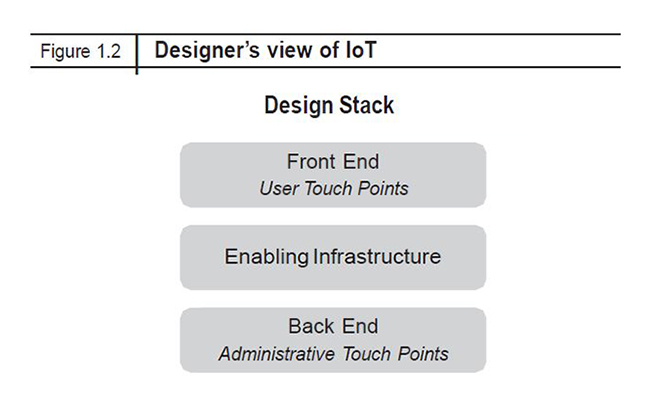
Nvidia launched Cosmos, a generative AI model trained on a whopping 20 million hours of video, set to revolutionize robotics and autonomous vehicles. Featuring variants like Nano for edge computing and Ultra for top-tier simulations, Cosmos seamlessly integrates with Nvidia’s Omniverse platform. Companies such as Uber and Waabi are already piloting this technology, harnessing synthetic data to enhance AI training. Available openly on Hugging Face and NGC, Cosmos is making physical AI smarter and more accessible—truly out of this world!
Naujienlaiškis „Aida Daily“
Your AI-curated daily news briefing, spotlighting the latest in technology and global development. Stay informed with insights that matter.